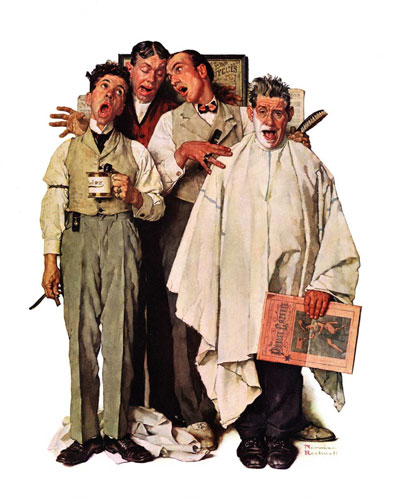
This Halloween, let’s visit the home of the largest urban bat colony in the world—Austin, Texas, where a group of Mexican free-tailed bats arrived in the early 1980s and found a highly suitable breeding environment.
Now nicknamed Bat City, Austin has forged links with the city’s more official nickname, Live Music Capital of the World. The annual Bat Fest combines a music festival with the bats’ nightly emergence, literally turning the latter into a performance event, and the city’s many bat-themed musical groups include the Bat City Surfers, a “horror surf punk” band whose members self-identify as descendants of bats.
This according to “Bat City: Becoming with bats in the Austin music scene” by Julianne Graper (MUSICultures XLV/1–2 [2018] 14–34); RILM Abstracts of Music Literature no. 2018-47414).
Above, bats flying in front of the iconic Frost Bank Tower in downtown Austin. Below, the Bat City Surfers hold forth.
More Halloween-related posts are here.











